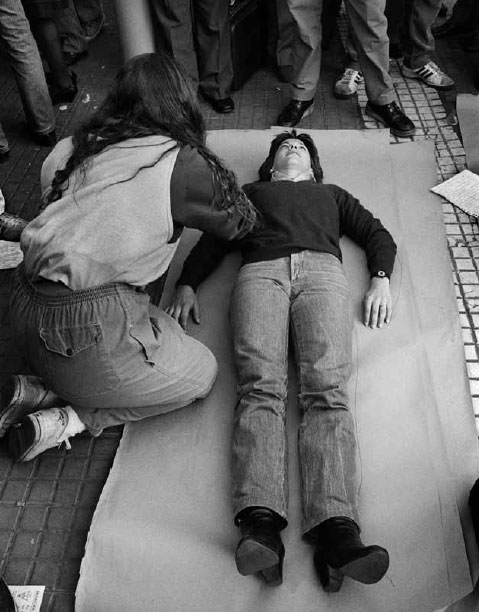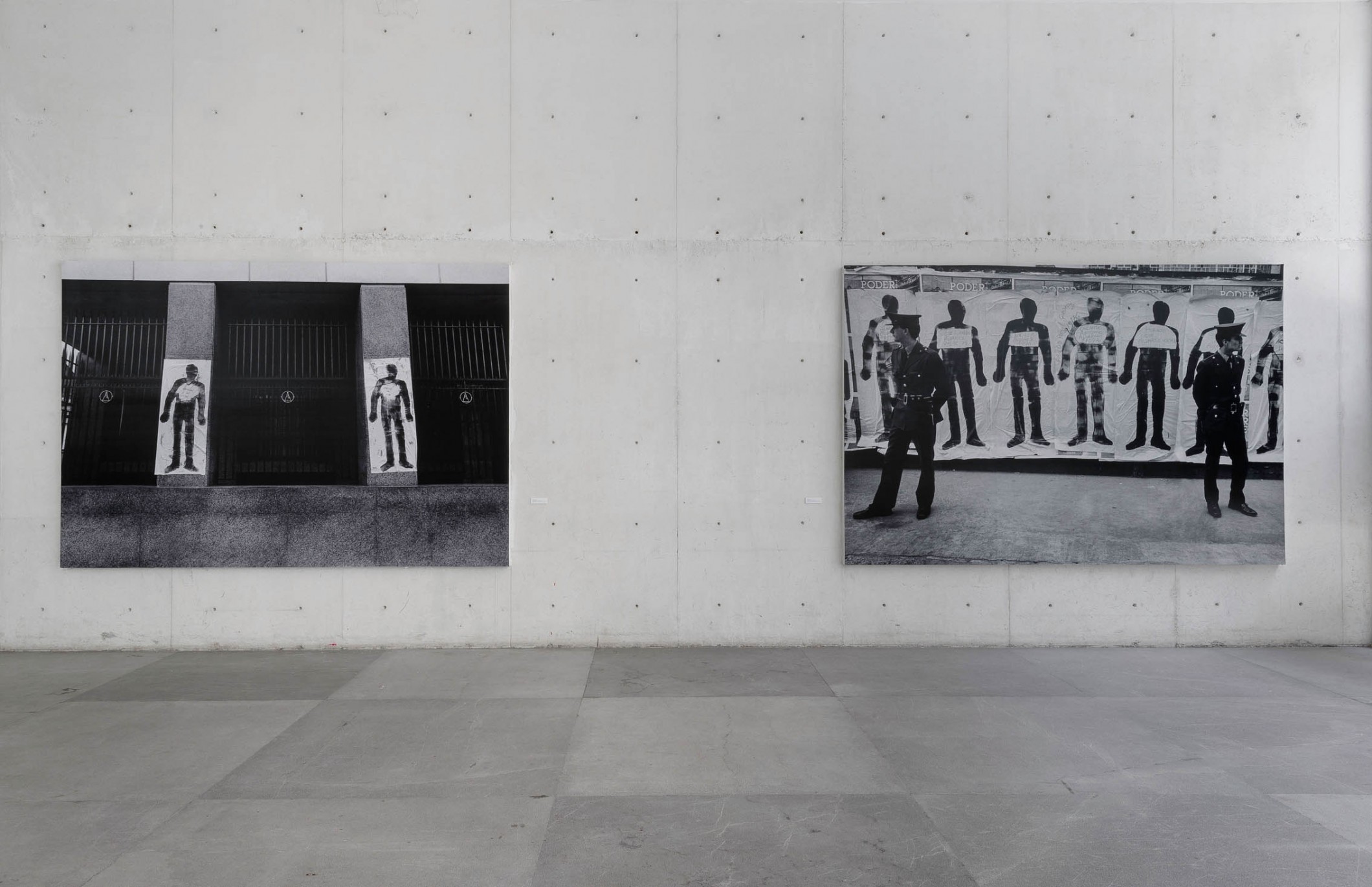El Siluetazo
In Eduardo Gil's eyes.
The 'siluetazo' was a politico-aesthetic action that succeeded in symbolizing thousands of people who had been disappeared during the military dictatorship in Argentina.

In early 1980s Argentina, only a few months remained before the return of democracy, but a powerful climate of oppression still reigned in the country. After the defeat suffered in the Falklands War of 1982 – an extreme measure taken by a dictatorship that knew itself to be debilitated – military power began to show signs slowly weakening, and some sectors of civil society intensified their demand to know the fates of the thousands of people who had been disappeared.
Three visual artists, Rodolfo Aguerreberry, Julio Flores, and Guillermo Kexel, conceived the action, and brought their proposal to the Mothers and Grandmothers of the Plaza de Mayo, as well as different social and human rights organizations.
Today, thirty years after the 'siluetazo' and thanks to the work of artists like Eduardo Gil, who actively participated in the action, we have access to images that make it possible to address this historic event. The question of how to represent the unrepresentable, how to make visible the presence of an absence, is lodged at the heart of debates about the paradoxes of representation.

Artist: Eduardo Gil (Argentina, 1948)
Curator: Florencia Battiti
Parque de la Memoria. Buenos Aires, Argentina
Publicación
Publication
El siluetazo
Authors : Flor Battiti
Language : Spanish & English
Editor: MUAC-UNAM
Price: $60


